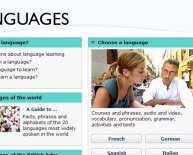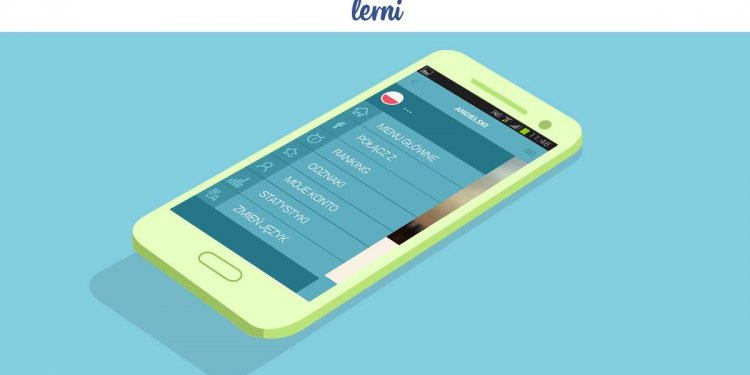
Best language apps
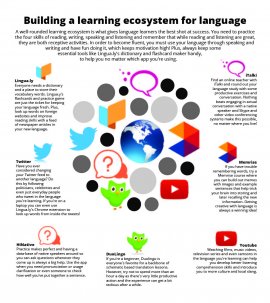
Best language apps for self-study learners
No matter which foreign language you’re studying, there is an app that can help you learn new language independently. More often than not, there are several apps, maybe even a handful. And while it can seem like overkill to fill your phone with Spanish, French or Arabic programs when you already have one that works, variety is important in language learning.
Language learning has changed some
When I first started learning foreign languages in the 90s, things were very different. I can remember my parents buying me French, Italian and German Pimsleur tapes, black and white exercise books and early computer programs that cost a fortune and consisted of mostly vocabulary lessons with set phrases, multiple choice questions and pronunciation drills.
I made my own flashcards, by hand, and looked up new words in the dictionary as Google translate didn’t exist yet. When it came to finding real language to read and native speakers to practice with, I was out of luck. But thankfully things have changed! Today there’s virtually a tool for everyone and everything.
Dictionaries can be used for free and at lightening speed, flashcards are all electronic and access to authentic materials, no matter how obscure the language you are learning, is widespread thanks to the Internet. Even native speaker language partners are relatively easy to find!
In fact, with so many tools available, it is easy to become overwhelmed and pulled in too many directions. That’s why you need to first identify your goals (and draft an individual learning plan to help you meet those goals). Next, go about composing a balanced approach to fluency that takes full advantage of everything online language apps have to offer.
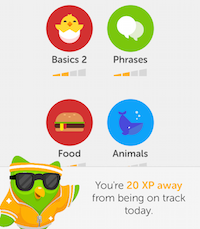 Taking your own approach
Taking your own approach
If you are a self-study learner like me, you like to have a few tools to guide your learning. I used to think that a basic book of set lessons, some podcasts, a few vocabulary lists on the side and perhaps self-directed productive exercises were enough to get the job done.
However, for my last two languages, I’ve taken things a bit further and delved into a world of Spanish and Danish language apps I never knew existed. The result? They’ve made my formerly dry language learning routines x100 more enjoyable.
That’s because on somedays I may be up for grammar drills and vocabulary packs on Duolingo, but on others, I don’t have the time or patience for lessons. That’s when a YouTube movie or even a foreign language cartoon like watching the Smurfs in Spanish, is the better choice. I’m also interested in the culture and politics that go along with the language I’m learning so I find Twitter satisfies my curiosity on current events and Lingua.ly articles supplement my vocabulary with the words I need to discuss every topic under the sun. For basic phrases and courses that allow me to get creative with my memory tricks, Memrise is my tool of choice and I use iTalki and HiNative to keep my writing and speaking skills active.
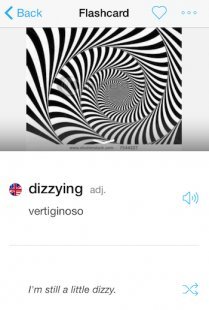 It doesn’t matter what you study on each app, what’s most important is to use these tools in concert so your learning overlaps and reinforces itself in varied mediums. Remember, the greater your exposure to language and the more time you spend learning every day, the faster you’ll achieve the fluency results you’re after.
It doesn’t matter what you study on each app, what’s most important is to use these tools in concert so your learning overlaps and reinforces itself in varied mediums. Remember, the greater your exposure to language and the more time you spend learning every day, the faster you’ll achieve the fluency results you’re after.
Language learning apps
Classroom learning works wonders, but for those who can’t afford it, who says you can’t create a powerful and balanced language learning experience at home? Try these language learning apps to get off to a strong start.
Duolingo – Learn languages completely free. Duolingo is the best place for a beginner to go because it gives you an immediate foothold in the language via structured lessons and a guided learning plan. You complete drill like exercises organized by content and grammar and make your way through the language map via a gamified approach. The only downside is that for intermediate level and advanced learners, the repetitive lessons can get a little boring and they don’t leave much room for spontaneous speaking or writing practice.
Lingua.ly – Learn a language. Make it your own. It’s great when someone else tells you what words to learn, but it’s even better when you get to choose yourself! Lingua.ly lets you tell the app the words you are interested in, say ice cream, cherry, chocolate, sundae, and sprinkles and then it finds the word, audio, image and definition, along with an example sentence.
You can practice your words with a fun snake game, use the browser extension to look up more words on foreign websites and then read news articles that contain the words you’re learning. It’s a perfect tool for intermediate and advanced learners to expand their vocabulary and get some immersion practice in target language text.
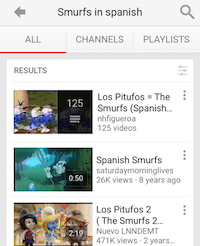 Memrise – Learning made joyful. Vocabulary is not always easy to remember and that’s where Memrise comes in. It has a clever little tool that allows you to put a picture and phrase next to a word to help you remember it. Alternatively, you can see which tricks other learners have tried and use theirs instead. It’s great at a beginner level because it offers plenty of repetition and a catalogue of guided courses. However, it can be a bit underwhelming if you’re already advanced and are looking for some real language practice.
Memrise – Learning made joyful. Vocabulary is not always easy to remember and that’s where Memrise comes in. It has a clever little tool that allows you to put a picture and phrase next to a word to help you remember it. Alternatively, you can see which tricks other learners have tried and use theirs instead. It’s great at a beginner level because it offers plenty of repetition and a catalogue of guided courses. However, it can be a bit underwhelming if you’re already advanced and are looking for some real language practice.
Regular apps that work for language
Apps built for language learners are always a winning choice, but so are some of the more generic apps out there. Almost anything can be used for language learning purposes with a little customization.
YouTube – Videos, songs, lessons. Just search “learn + your language” and you’ll find plenty of lessons delivered by teachers, native-speakers and maybe even fellow learners. If you want something a bit less structured, look up films, tv shows or songs in the language you are learning. My favorite is cartoons with subtitles but anything that entertains will help you enhance your listening comprehension skills and have fun at the same time.
Twitter – Culture, news & politics. Can you use Twitter to learn a language? Of course! Just follow some movie stars, politicians or journalists who tweet in the language you’re learning and voila, a feed full of new vocabulary to learn. You can find accounts to follow by using hashtags (why not try some of the words you looked up on Lingua.ly and see who is tweeting about ice cream sundaes and desserts!)
Tutoring apps to engage with native speakers
Self-study lessons and language learning apps that expand your vocabulary and give your listening and reading comprehension skills a workout are a must, but at the end of the day, language is about communication. If you don’t practice communicating via writing and speaking, you won’t attain the language mastery that goes along with fluency.
iTalki – Learn a language online. A great way to get some practice speaking and writing is to actually hire a native speaker teacher who can tutor you online via Skype. iTalki has a catalogue of tutors in all shapes and sizes (how about finding a pastry chef who teaches French on the side and can help you learn via recipes?) so you can find just the right person to study with. Sure, this service isn’t free and will cost you a bit per lesson, but the verbal practice with a professional will be worth it in the end.

